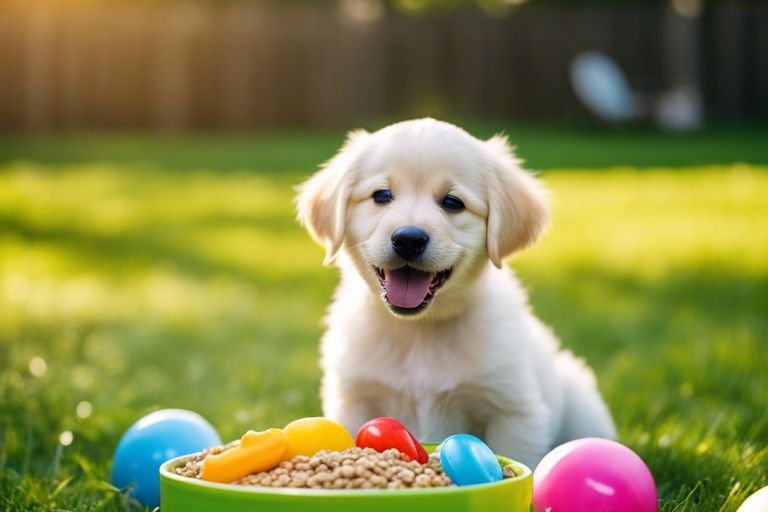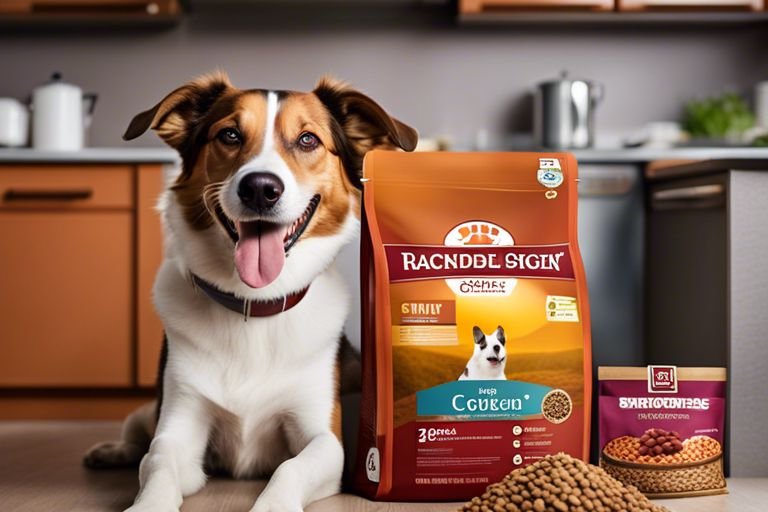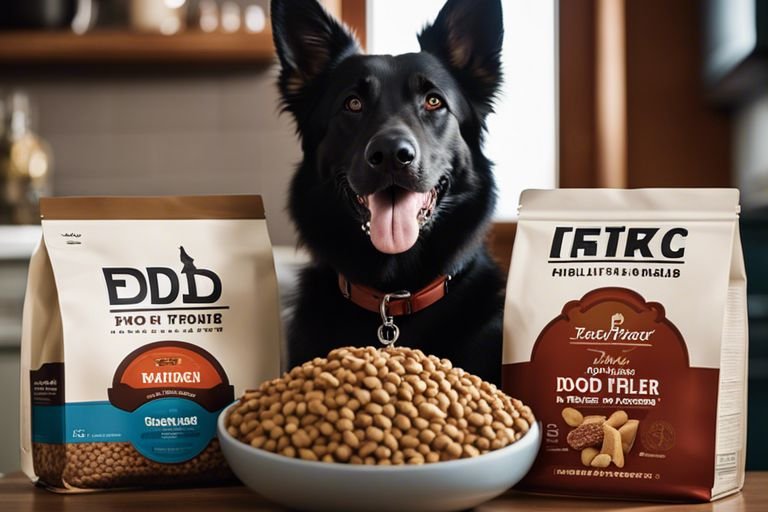Off-Leash Training 101 – Building Trust And Reliability With Your Pup
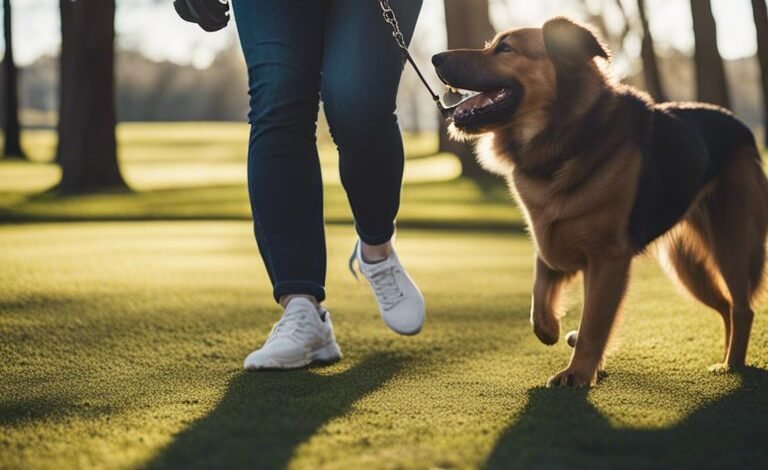
Many dog owners dream of the day they can confidently let their furry companion off-leash, knowing they will reliably respond to commands and stay by their side. In this guide, you will learn necessary tips and techniques to establish trust and reliability with your pup during off-leash training. By following these expert strategies, you can strengthen your bond with your dog and enjoy the freedom of worry-free walks and adventures together.
Key Takeaways:
- Consistent training: Consistency is key when training your dog off-leash to build trust and reliability.
- Start in a safe environment: Begin off-leash training in a fenced area or enclosed space to ensure your pup’s safety.
- Use positive reinforcement: Reward your dog with treats, praise, and affection to reinforce good behavior during off-leash training.
- Practice recall commands: Work on recall commands such as “come” or “here” to ensure your pup responds reliably when off-leash.
- Gradually increase freedom: Slowly increase your dog’s freedom off-leash as they demonstrate trustworthiness and reliability in following commands.
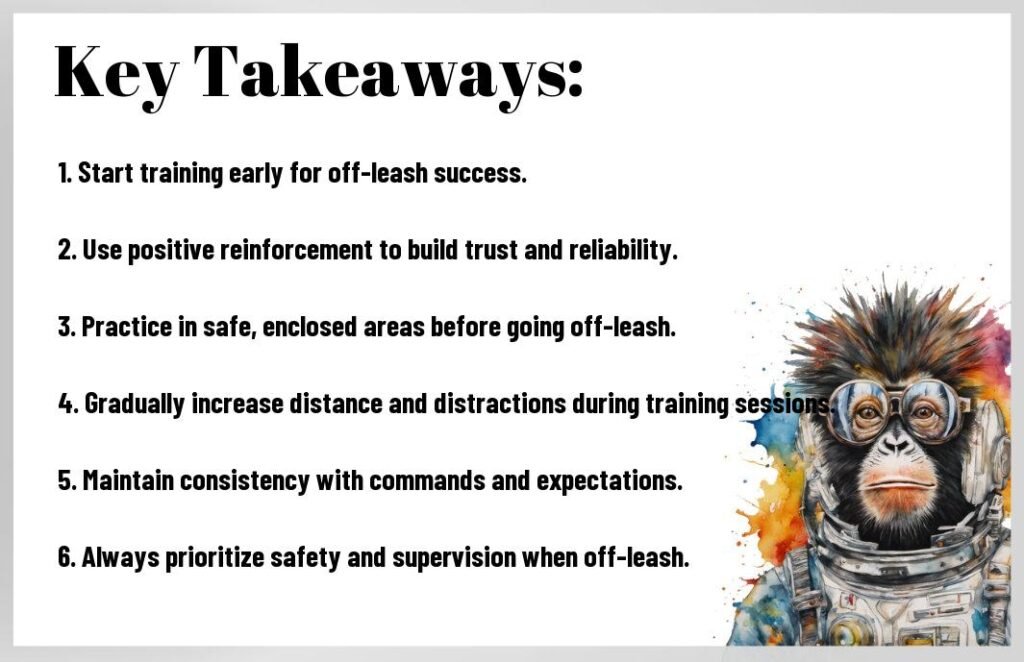
Laying the Foundation
While begining on the journey of off-leash training with your pup, it is crucial to lay a solid foundation for success. This foundation includes establishing a strong bond with your furry companion and setting clear boundaries and expectations.
Establishing a Strong Bond with Your Pup
The key to successful off-leash training lies in the bond you share with your pup. Building trust and communication forms the foundation of this bond. Spend quality time with your dog, engage in activities they enjoy, such as playtime and walks, and use positive reinforcement to create a strong emotional connection. Do not forget, a happy and secure pup is more likely to listen and respond positively to your commands.
Setting Clear Boundaries and Expectations
Foundation for setting clear boundaries and expectations with your pup is crucial for off-leash training. Consistent rules and limits help your dog understand what is expected of them and what behavior is not acceptable. Make sure to be firm but fair in enforcing these boundaries, and always follow through with consequences when necessary. By being consistent and predictable, you are helping your pup learn to trust and respect you as their leader.
Establishing clear boundaries and expectations helps your pup understand their role in the pack dynamic and fosters a sense of security and stability. It is necessary to establish yourself as the pack leader, guiding your dog with confidence and authority, which in turn builds trust and reliability in off-leash situations.
Basic Obedience Commands
The Off Leash Training: Building Reliability process begins with mastering basic obedience commands. These commands form the foundation of your pup’s training and are necessary for off-leash reliability.
Teaching Your Pup to Respond to Basic Commands
One of the first steps in off-leash training is teaching your pup to respond to basic commands such as “sit,” “stay,” “come,” and “heel.” Start in a quiet, distraction-free environment to set your pup up for success. Use positive reinforcement like treats and praise to reward good behavior. Be patient and consistent in your training sessions, keeping them short and engaging for your pup.
Practicing Recall in Controlled Environments
On your off-leash journey, practicing recall (coming when called) in controlled environments is crucial. Start in a fenced yard or secure area where your pup can’t run off. Use a long training leash to give your pup the feeling of being off-leash while maintaining control. Practice calling your pup to you in a cheerful tone and rewarding them with high-value treats when they come. Gradually increase the distance and distractions to strengthen their recall skills.
With consistent practice and positive reinforcement, your pup will learn to respond reliably to your basic commands, setting the stage for successful off-leash adventures together. Remember to always prioritize your pup’s safety and well-being during training sessions.
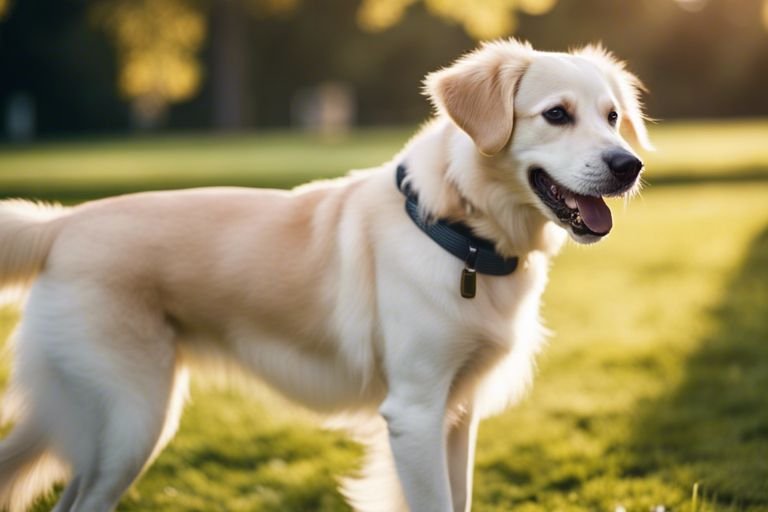
Building Trust Through Exercise and Play
Strengthening Your Bond Using Physical Activity
All great relationships are built on trust, and the bond between you and your furry friend is no different. One of the most effective ways to strengthen that bond is through physical activity. Regular exercise not only keeps your pup healthy and happy but also builds trust and reinforces your leadership. When you engage in physical activities together, whether it’s a brisk walk, a game of fetch, or hiking in the great outdoors, you are establishing a strong foundation of trust and companionship.
Exercise: Playing Hide-and-Seek to Improve Recall
Hide-and-seek is not just a fun game for children; it can also be a fantastic training tool for improving your pup’s recall. Start by having someone hold your dog while you hide in another room or behind furniture. Then, call your pup’s name and reward them with treats and praise when they find you. This game not only sharpens your dog’s recall skills but also strengthens the bond between you as they learn to trust your commands and follow your lead.
Physical activities like hide-and-seek provide mental stimulation for your pup, enhancing their obedience and reinforcing their trust in you as the pack leader. This game is not only a fun way to improve recall but also a great bonding experience that will deepen your relationship with your furry companion.
Gradually Increasing Freedom
Many dog owners are eager to give their pups the freedom to roam off-leash, but it’s important to introduce this privilege gradually to build trust and ensure reliability. By slowly increasing your pup’s freedom, you can set them up for success in their off-leash training journey.
Introducing Off-Leash Training in Controlled Areas
Training your pup to be off-leash starts with small steps in controlled environments. Begin by practicing in a securely fenced yard or a quiet park with minimal distractions. Use long training leads to give your pup room to explore while still maintaining control. Start with short sessions and gradually extend the time as your pup demonstrates good behavior and responsiveness to your commands.
Managing Distractions and Minimizing Risks
With off-leash training, it’s crucial to manage distractions and minimize risks to keep your pup safe and focused. Gradually introduce mild distractions, such as toys or other friendly dogs, to test your pup’s ability to listen to your commands amidst temptations. Keep a close eye on your pup’s body language and behavior to gauge their comfort level and adjust the level of distraction accordingly. Remember to always prioritize your pup’s safety and well-being during off-leash training sessions.
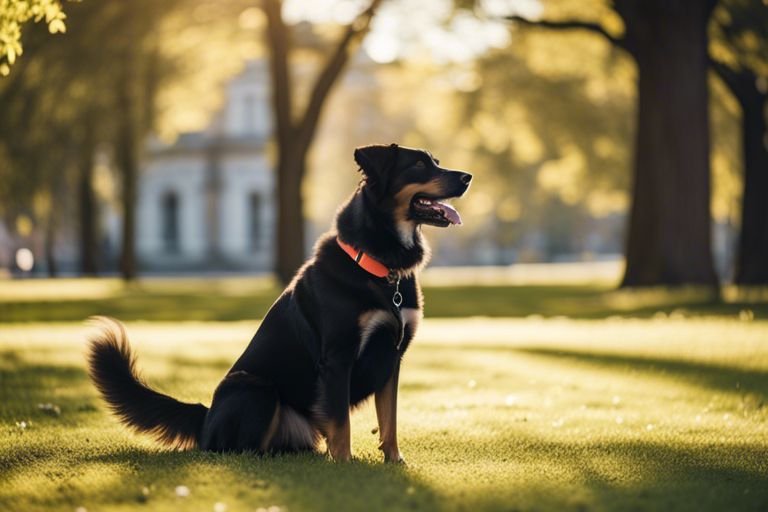
Overcoming Common Challenges
Dealing with Fear and Anxiety in Your Pup
Unlike humans, dogs can’t always tell us when they’re feeling scared or anxious. As a pack leader, it’s crucial for you to be observant of your pup’s body language and behavior to address any underlying fears. If your dog displays signs of fear or anxiety, such as trembling, cowering, or excessive panting, approach the situation with calm assertiveness.
Addressing Pulling and Running Away
On walks, pulling and running away can be common challenges when training your pup off-leash. To address pulling, start with teaching your dog loose leash walking techniques. Use a sturdy leash and practice walking in different environments to reinforce good behavior. Running away can be dangerous, so it’s important to establish trust and recall commands early on in training.
With pulling, it’s imperative to stay consistent in your training and not let your pup lead the way. By setting boundaries and providing positive reinforcement when your dog walks beside you, you can help correct this behavior over time.
Another
Another common challenge is your pup’s reaction to distractions while off-leash. It’s important to gradually expose your dog to different distractions in a controlled environment to build confidence and trust. Start with low-level distractions and gradually increase the intensity as your dog becomes more reliable in their commands.
Advanced Training Techniques
- Using Verbal Cues and Hand Signals
To enhance your off-leash training, you can introduce verbal cues and hand signals. Practice associating specific commands like “sit,” “stay,” or “come” with both verbal cues and hand gestures. This dual communication method helps reinforce your pup’s understanding and responsiveness in any situation.
- Practicing Off-Leash Walking in Busy Areas
Any successful off-leash training program should include practice in busy areas to build your pup’s focus and reliability amidst distractions. Start in a controlled environment and gradually progress to busier streets or parks. Consistent training in various settings will help your pup generalize obedience skills in real-world scenarios.
Using Verbal Cues and Hand Signals
To enhance your off-leash training, you can introduce verbal cues and hand signals. Practice associating specific commands like “sit,” “stay,” or “come” with both verbal cues and hand gestures. This dual communication method helps reinforce your pup’s understanding and responsiveness in any situation.
Practicing Off-Leash Walking in Busy Areas
Any successful off-leash training program should include practice in busy areas to build your pup’s focus and reliability amidst distractions. Start in a controlled environment and gradually progress to busier streets or parks. Consistent training in various settings will help your pup generalize obedience skills in real-world scenarios.
Plus, consider using high-value treats or toys to reward your pup for maintaining focus and following commands in distracting environments. Remember to always prioritize safety and gradually increase the level of difficulty as your pup progresses in their off-leash training.
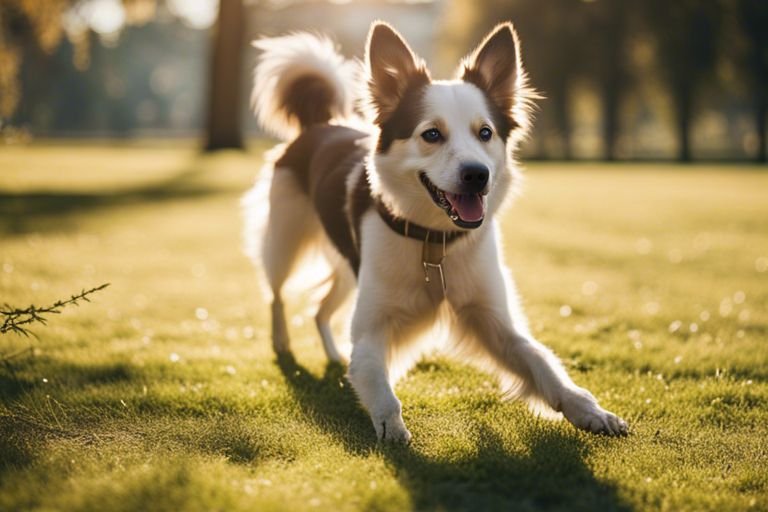
Maintaining Progress and Preventing Regression
After establishing a strong foundation in off-leash training with your pup, it’s vital to maintain progress and prevent regression. Consistency is key in ensuring that your dog understands and follows your commands even in distracting environments.
Regular Training Sessions
Regular training sessions are crucial for reinforcing your pup’s off-leash skills. Set aside dedicated time each day to work on commands and practice recall in various environments. Consistent training helps solidify your pup’s understanding of what is expected and strengthens the bond between you and your furry companion.
Reinforcing Good Behavior and Avoiding Bad Habits
Behavior consistency is vital in off-leash training. Reward your pup with treats, praise, or playtime when they listen to your commands promptly. Likewise, address any undesirable behaviors immediately to prevent them from becoming habits. It’s important to stay patient and calm in your interactions with your dog, as they can sense your emotions and respond accordingly.
With regular practice and positive reinforcement, your pup will continue to thrive in off-leash training. Remember to be patient and consistent in your approach, and you’ll see continued progress and a stronger bond with your furry friend.
Conclusion
With this in mind, remember that off-leash training requires time, patience, and consistency. It is a process that helps you build a strong foundation of trust and reliability with your pup. By following the tips and techniques outlined in this guide, you can create a deep bond with your furry friend that will last a lifetime.
Always remember to communicate clearly, establish boundaries, and provide positive reinforcement to encourage good behavior. With dedication and love, you can enjoy the freedom and joy of having a well-trained, off-leash pup by your side. So, take the time to train, nurture, and strengthen your relationship with your pup, and watch as you both launch on new adventures together with confidence and trust.
FAQ
Q: What is off-leash training?
A: Off-leash training is a process in which you train your dog to obey commands and behave appropriately without the use of a leash. This training is important for building trust and reliability with your pup.
Q: Why is off-leash training important?
A: Off-leash training is important because it allows your dog to have more freedom and enjoy activities such as hiking, playing fetch, or simply running around without being restricted by a leash. It also strengthens the bond between you and your pup and improves obedience.
Q: How can I start off-leash training with my dog?
A: To start off-leash training, begin by practicing basic obedience commands such as sit, stay, come, and heel in a controlled environment with minimal distractions. Gradually increase the level of distractions and distance between you and your dog as they become more reliable in following commands.
Q: What are some tips for successful off-leash training?
A: Some tips for successful off-leash training include using high-value treats as rewards, being consistent with your commands, using positive reinforcement techniques, and practicing in different environments to generalize the training. It’s also important to have a strong recall command for safety.
Q: How can I build trust and reliability with my pup during off-leash training?
A: Building trust and reliability with your pup during off-leash training requires patience, consistency, and positive reinforcement. Spend quality time bonding with your dog, establish clear communication through commands, and celebrate their successes to strengthen the bond between you and your pup.
